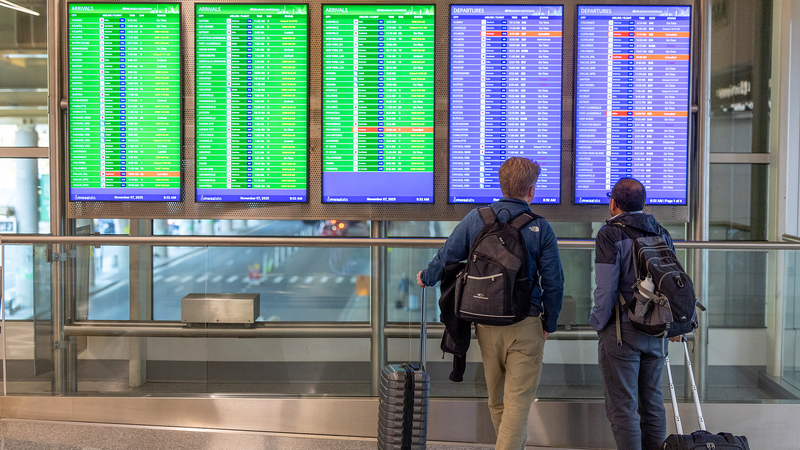In the latest fallout of the U.S. federal government shutdown, more than 1,200 flights were canceled nationwide on Friday, stranding travelers and raising concerns as the peak holiday season approaches.
Airlines announced cuts across 40 airports, targeting major hubs including Atlanta’s Hartsfield-Jackson, Chicago O’Hare, Denver International, Newark Liberty, Houston and Los Angeles. The initial plan—reducing flights by 4% this week—could escalate to a 10% cut by next week if lawmakers don’t strike a deal.
Tracking site FlightAware reported 1,200 cancellations on Friday, while aviation analytics firm Cirium said about 3% of scheduled U.S. flights were scrubbed and 94% still departed on time. For global citizens, business travelers and digital nomads flying into or out of the U.S., the message is clear: pad your schedule.
This disruption hit both leisure and business flyers. “This is frustrating. We don’t need to be in this position,” American Airlines CEO Robert Isom told CNBC, echoing the sentiment of passengers like retiree Werner Buchi, who feared his Thanksgiving plans could be derailed while waiting at LaGuardia Airport.
With Republicans and Democrats locked in a battle over health care funding, federal agencies have been running on fumes since October 1. Transportation Secretary Sean Duffy blamed Democrats for the impasse, but both sides remain deadlocked ahead of a 15th Senate vote on a stopgap funding bill.
As holiday travel ramps up, security lines are lengthening and airport staff—many furloughed or working without pay—are stretched thin. If the stalemate continues, the quiet hum of airport terminals risks turning into a roar of delays and cancellations that will be felt by business and leisure travelers alike.
For now, experts urge flexibility and early planning, reminding young global citizens that even in times of political gridlock, adaptability is the ultimate travel hack.
Reference(s):
More than 1,200 flights cut across U.S. in government paralysis
cgtn.com




